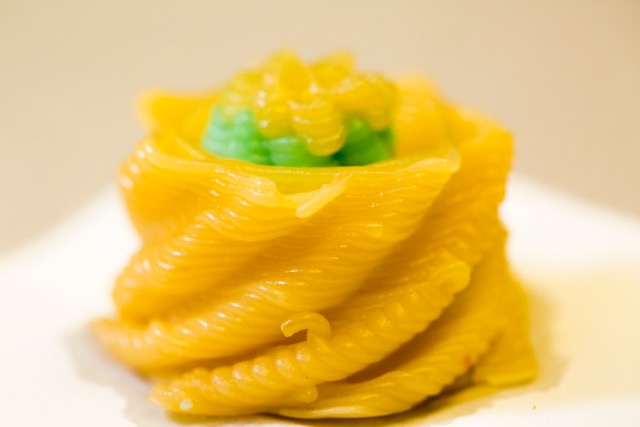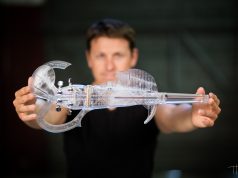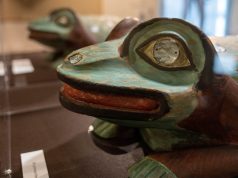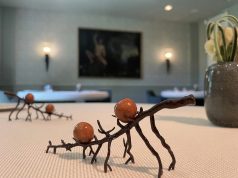A research team at Columbia University, led by Engineering Professor Hod Lipson, is currently working on a new kind of 3D printer that will be able not only to print but also cook food.
The current prototype is equipped with a robotic arm and holds eight slots for frozen food cartridges. Now, the team is working on an infrared heating element that will be incorporated into the arm.
As one of the first researchers to work on multi-material printing, Lipson focused on electromechanical systems and later bioprinting, which finally led him to food printing.
“… We’ve been cooking forever, but if you think about it, while technology and software have wormed their way into almost every aspect of our lives, cooking is still very, very primitive—we still cook over an open flame, like our ancestors millennia ago,” he explains. “So this is one area where software has not yet permeated. And when software touches something, it takes off.”
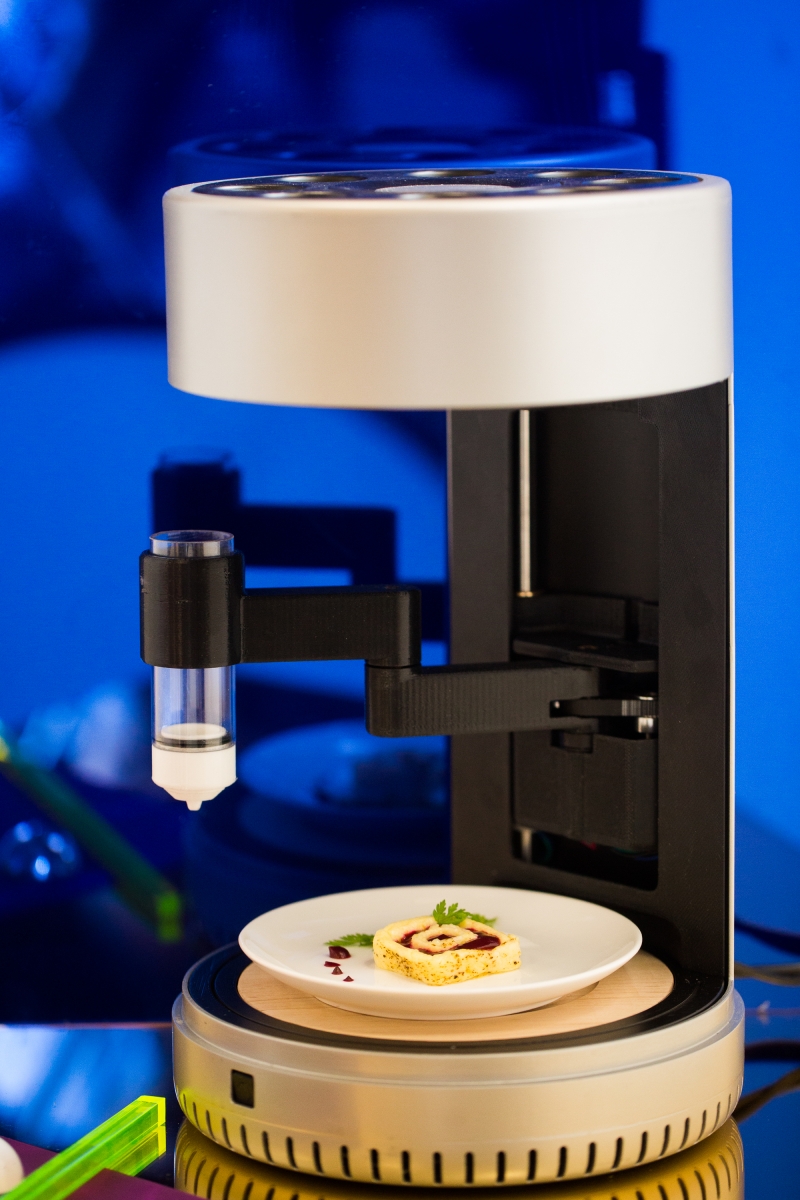
Lipson’s Creative Machines Lab (CML) is collaborating with NYC-based International Culinary Center (ICC) to bring together culinary creativity with technical knowledge in order to be able to create new kinds of foods with new textures and combinations.
“It was exciting to be able to design dishes with the software, to see the drawing ahead of time, to see what’s going to happen, to make interesting shapes and geometries,” says Hervé Malivert, chef at ICC. “This will help with planning, and will be great to have at home. As these printers improve, it will be exciting to see where we can go with these machines. For instance, I think they will be very useful in the area of health and nutrition, especially in nursing homes and hospitals.”
The research team hopes to have a faster and more accurately printing prototype, that will also be able to cook food, ready by the end of this year. Another crucial part of the project is developing the software, which requires a completely new language, as Computer Science Professor Eitan Grinspun explains: “With food you want to layer, coat, sprinkle, mix, so we need a new language so that we can describe what we want to the printer. And it has to be easy for someone who’s not an engineer to create a digital recipe.”
“We’ve already seen that putting our technology into the hands of chefs has enabled them to create all kinds of things that we’ve never seen before, that we’ve never tried,” concludes Lipson. “This is just a glimpse of the future and what lies ahead.”
Subscribe to our Newsletter
3DPresso is a weekly newsletter that links to the most exciting global stories from the 3D printing and additive manufacturing industry.


